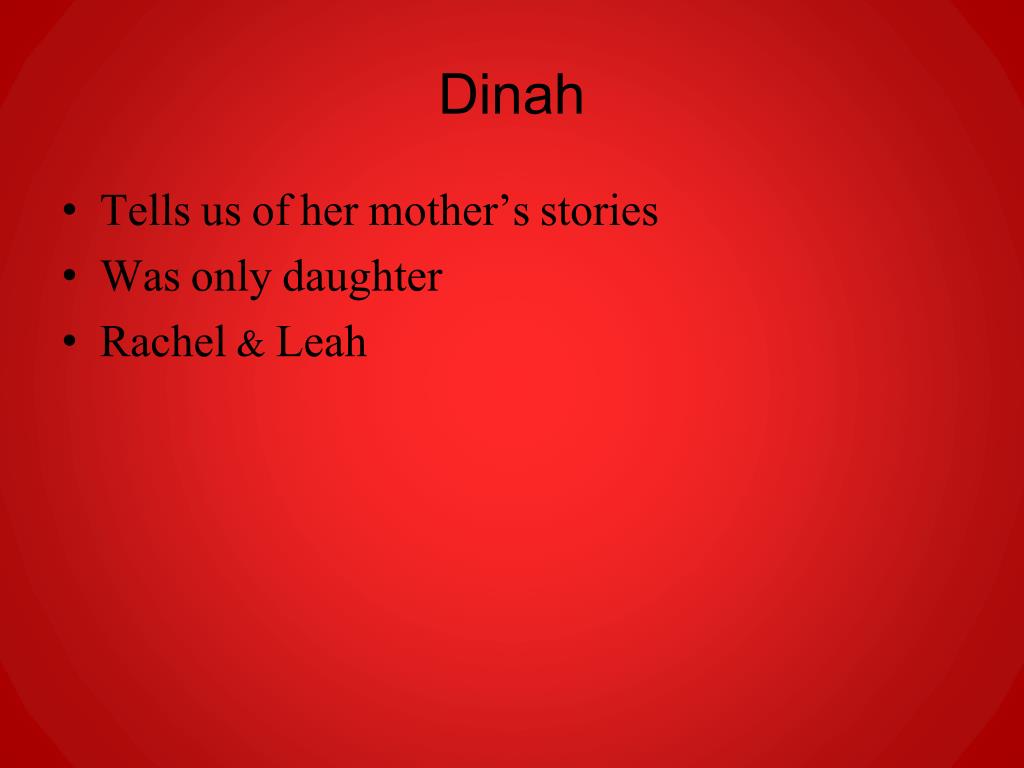

I don’t think I could have been such a supporter of The Vagina Monologues in college if I hadn’t read this as a teenager.īut I am skipping ahead: When I went away to college, I covered my extra-long twin dorm bed in fire-red sheets. This book made me very comfortable with menstruation. They were secluded from their husbands or sons, but rather than feeling shame in this, they comforted each other and celebrated the power of their bodies. The Red Tent itself was where women in Dinah’s family went during menstruation. This book gave me a lifelong thirst for women’s voices in my fiction. I never stopped wondering about the women of the Bible, and was unsatisfied with the limited ways their actions, intentions and words were recorded. This book’s impacts on me deepened with time. Dee-nah.” But everyone in my classroom said it in the “Mama’s in the kitchen with Dinah” way, and I could only grit my teeth. Dinah introduces herself in the opening passage, “the first vowel high and clear, as when a mother calls to her child at dusk the second sound soft, for whispering secrets on pillows. In class, I shuddered when a fellow student had to read out loud the list of Jacob’s children and mispronounced Dinah’s name.

Jacob’s only daughter was never saved or resurrected during my U.S. But Dinah’s silence, I realized, wasn’t a temporary injustice of the “Close Every Door” variety. I’d played the lead in Joseph and the Amazing Technicolor Dream Coat in seventh grade, so I felt a connection to Jacob’s favorite son. Studying the Old Testament in religion class, the injustice of learning of only Biblical patriarchs was made starkly apparent to me. I was a sophomore in Catholic high school and I felt this book’s impacts immediately. Mandrakes are used for magical purposes in the world of Harry Potter! I had no idea what “an aroused husband” looked like, and I couldn’t imagine running into one on the Hogwarts campus. Just to give some context to my reading life up until that point: I was scandalized when I read about Rachel, Jacob’s most beautiful wife, using traditional medicine to help her conceive-specifically a mandrake root, which “looked so much like an aroused husband.” I was also confused. Through Dinah’s eyes we see women come of age, begin menstruating, fall in love, make love, bear children, bear losses, age and die. With Dinah’s help, women’s histories are traced matrilineally daughters, sisters and mothers are remembered and honored. The Red Tent is a fictional (yet thoroughly researched) first-person account of the life of Dinah, the only daughter of Biblical patriarch Jacob (who is more famous for having twelve sons). Whether she knew it or not, I was reading along with her.

When I was fifteen years old, my mother’s book club read The Red Tent by Anita Diamant.


 0 kommentar(er)
0 kommentar(er)
